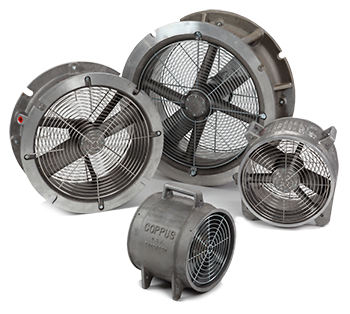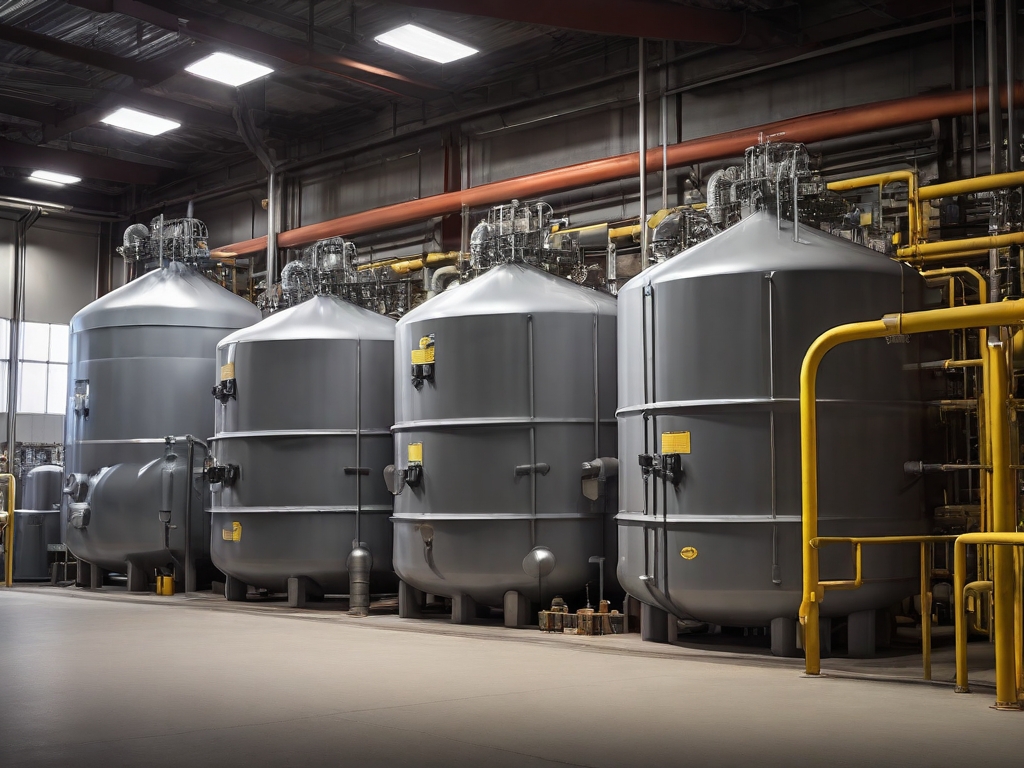Welcome to the Intrinsically Safe Store, your one-stop-shop for all your safety equipment needs. We dedicate ourselves to provide you with the latest information on safety technologies and their policy implications. Visit our website to explore our wide range of products and services.
Understanding Intrinsically Safe Equipment
Designers create intrinsically safe equipment to operate in potentially explosive atmospheres without the risk of ignition. These devices restrict the electrical and thermal energy to a level below what a specific hazardous atmospheric mixture requires for ignition. The use of such equipment is crucial in industries like oil and gas, mining, chemical processing, and more.
Emerging Technologies in Intrinsically Safe Equipment
Technological advancements have significantly impacted the design and functionality of intrinsically safe equipment. Some of the emerging technologies include:
- Wireless technology: This allows for remote monitoring and control of equipment, reducing the need for human intervention in hazardous areas.
- Internet of Things (IoT): IoT devices can collect and analyze data in real-time, improving operational efficiency and safety.
- Artificial Intelligence (AI) and Machine Learning (ML): These technologies can predict potential hazards and suggest preventive measures.
Policy Implications of These Technologies
While these technologies offer numerous benefits, they also present new challenges for policy-makers. Here are some key policy implications:
Data Privacy and Security
With the increased use of IoT devices and wireless technology, data privacy and security have become significant concerns. Policies need to be in place to protect sensitive data from unauthorized access and cyber-attacks.
Regulatory Compliance
AI and ML technologies must comply with existing safety regulations. Policymakers need to ensure these technologies are used responsibly and do not compromise safety standards.
Standardization
There is a need for standardization of these technologies to ensure compatibility and interoperability of devices. Policymakers should work with industry stakeholders to develop these standards.
Case Study: The Impact of IoT on Safety Policies
A study by the National Institute of Standards and Technology (NIST) highlighted the impact of IoT on safety policies. The study found that IoT devices could improve safety in hazardous environments. However, it also emphasized the need for robust policies to address data privacy and security concerns.

Emerging technologies in intrinsically safe equipment present both opportunities and challenges. Policymakers need to address these challenges to ensure the safe and effective use of these technologies. At the Intrinsically Safe Store, we are committed to staying at the forefront of these changes. We offer a wide range of intrinsically safe equipment that complies with the latest safety standards. Visit our website to learn more or contact us for more information.


























